Cats, with their mysterious aura and independent nature, have been captivating humans for centuries. Despite being one of the most popular pets worldwide, our feline friends exhibit behaviors that often leave us perplexed. Understanding these actions is key to nurturing a deeper bond with them. Let’s explore 20 common cat behaviors and uncover their meanings.
20. Purring
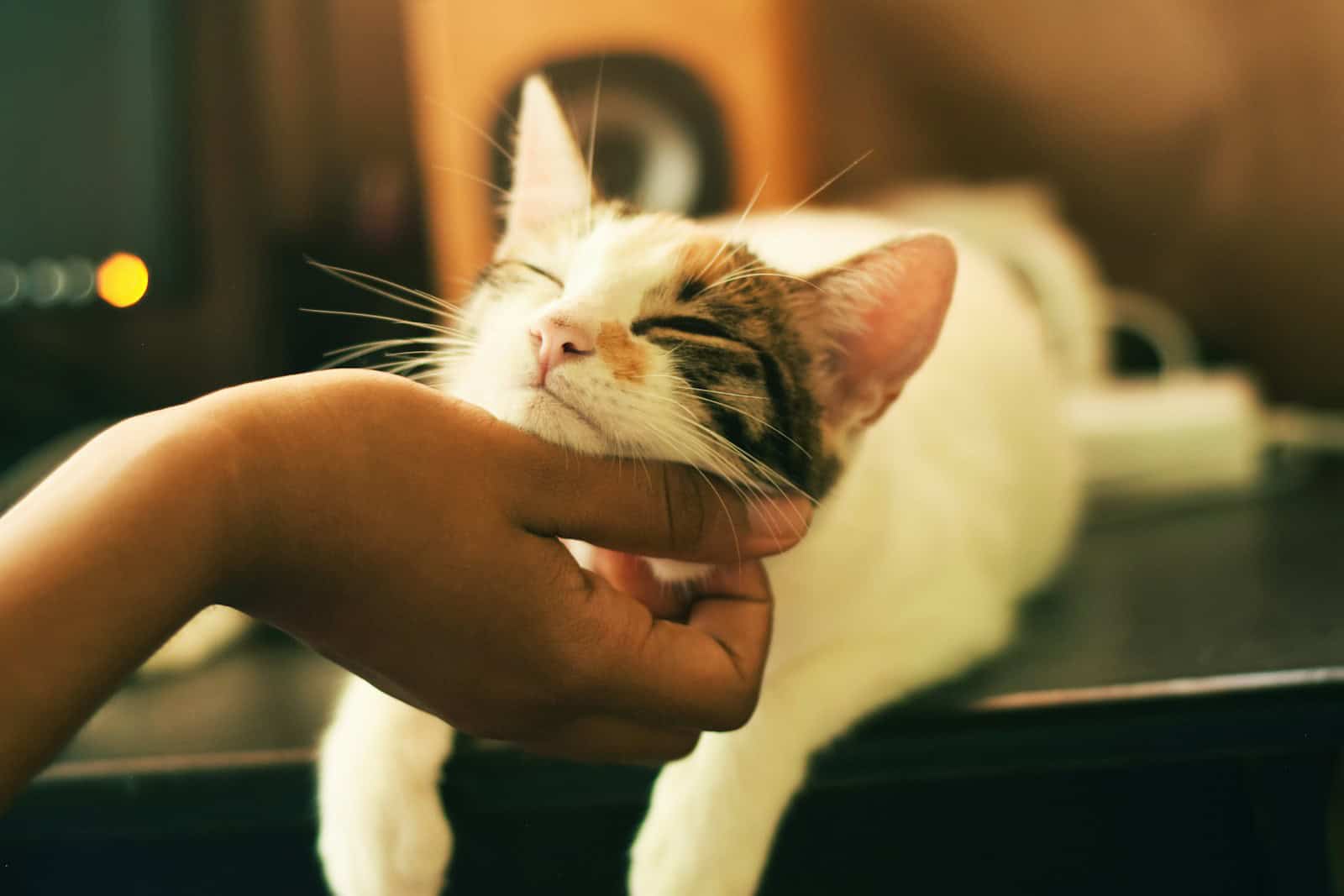
Purring is the quintessential cat sound that often indicates contentment. When a cat purrs, it’s usually a sign that they’re relaxed and happy. However, purring can also serve as a self-soothing mechanism in times of pain or distress.
19. Kneading
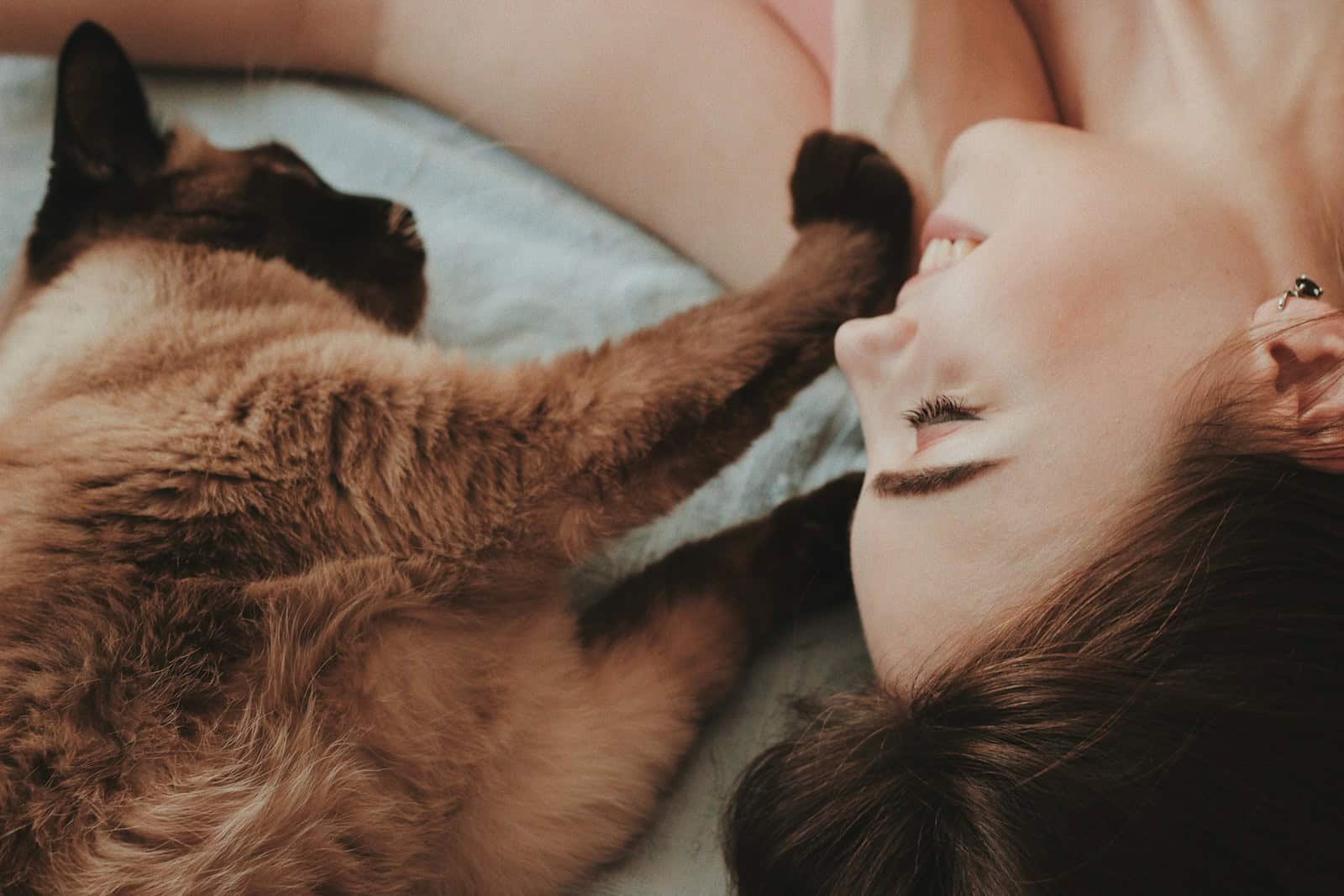
Dubbed “making biscuits,” kneading is when cats rhythmically push their paws against soft surfaces. This behavior stems from kittenhood when they knead their mother’s belly to stimulate milk production. As adults, it signifies comfort and security.
18. Head Butting

Cats head butt, or “buntt,” to mark you with their scent, effectively claiming you as part of their territory. It’s also a sign of affection and trust, showing they feel safe in your presence.
17. Chattering
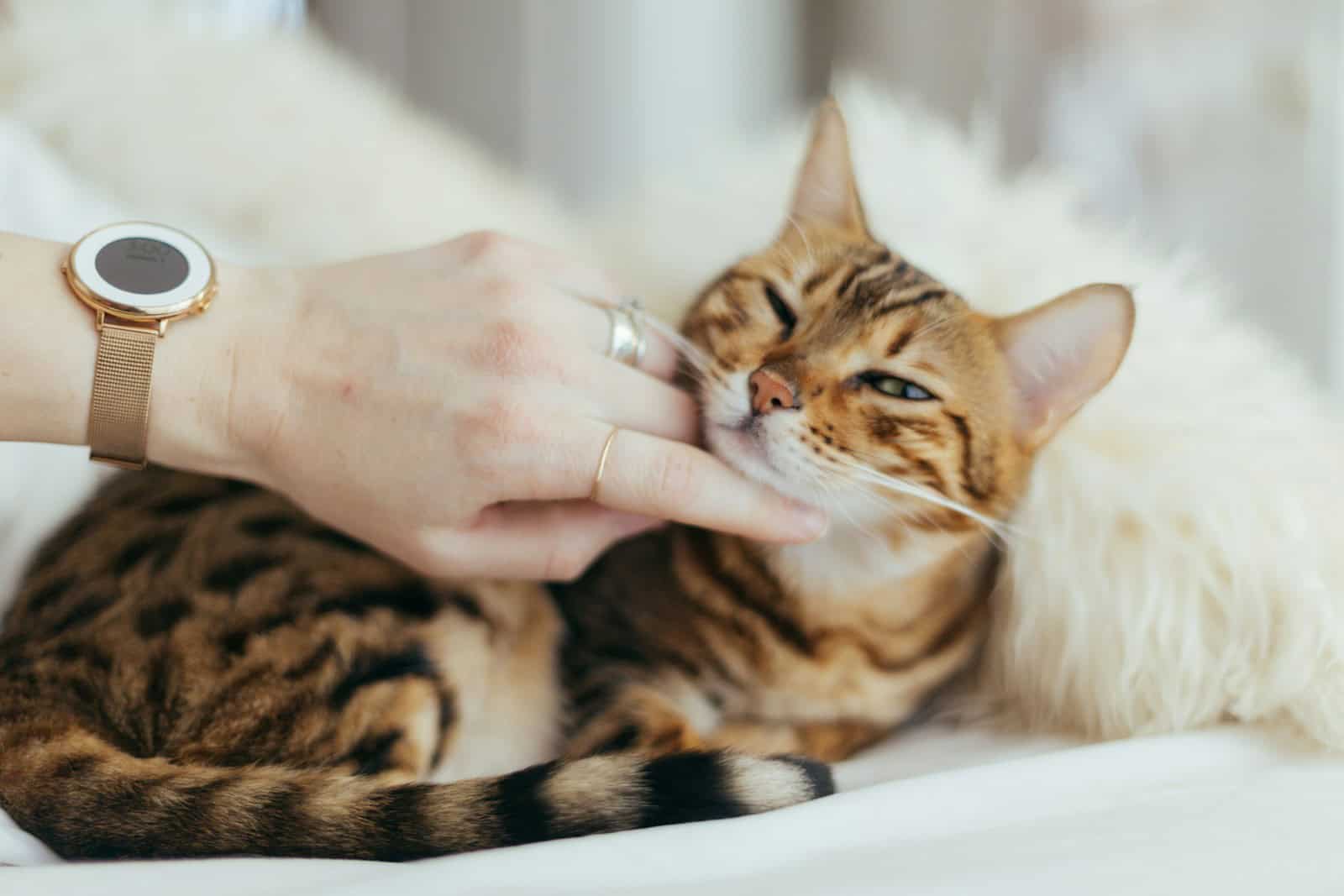
The rapid chattering or clicking sounds cats make when they see birds or small animals through the window can be a mix of frustration and predatory excitement. It may indicate an innate desire to hunt, despite being indoors.
16. Slow Blinking

When a cat gives you a slow blink, it’s equivalent to a human giving a warm smile. It’s a gesture of trust and affection. Returning the slow blink can further solidify your bond with your feline companion.
15. Tail Puffing

A puffed-up tail is a classic sign of a cat trying to appear larger in the face of threat or excitement. This response can be triggered by sudden noises, unfamiliar environments, or seeing another animal.
14. Grooming You
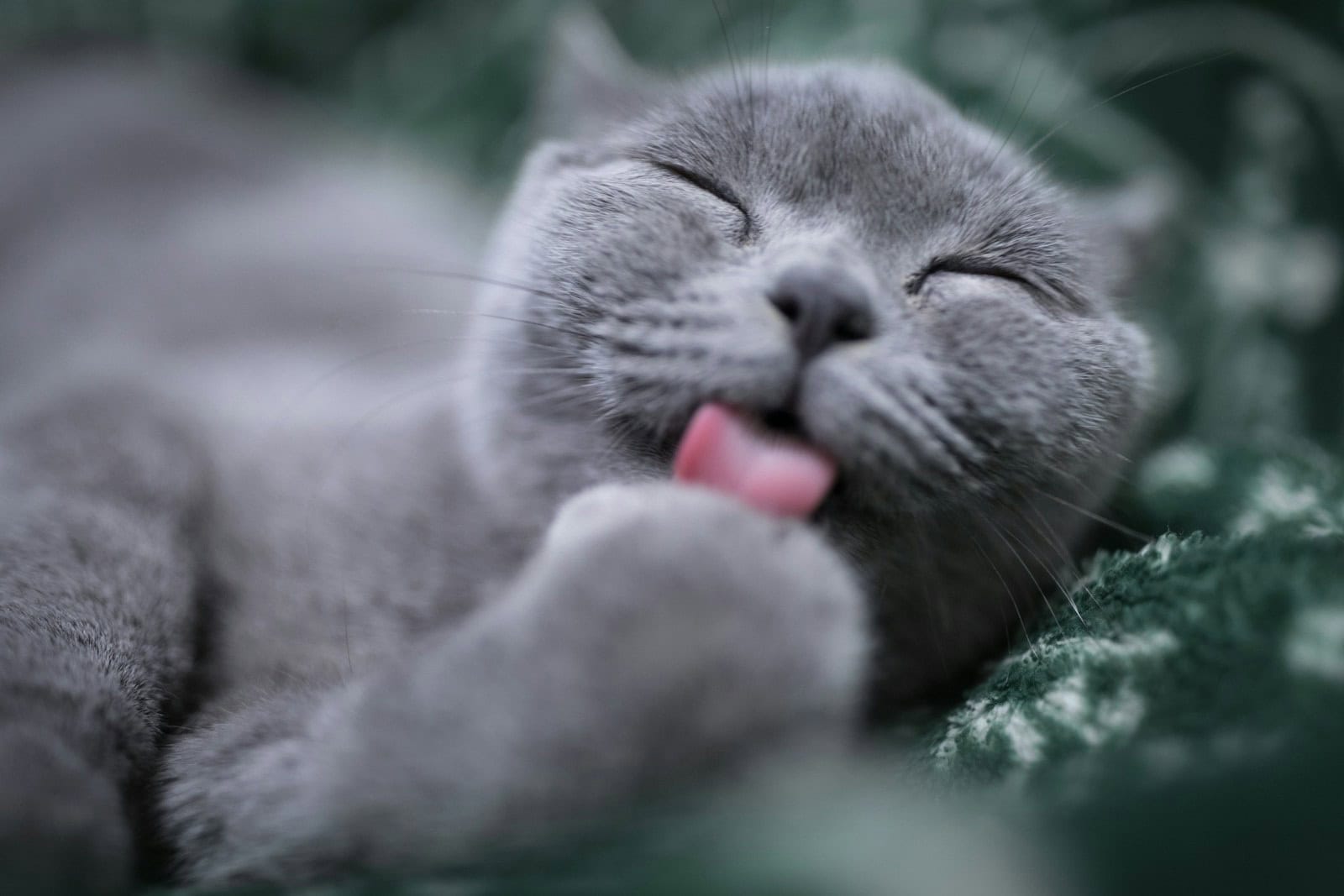
If your cat starts licking your skin or hair, they’re treating you like part of their family. Grooming is a social behavior that promotes bonding in cats, so this is a sign that they love and accept you.
13. Bringing “Gifts”
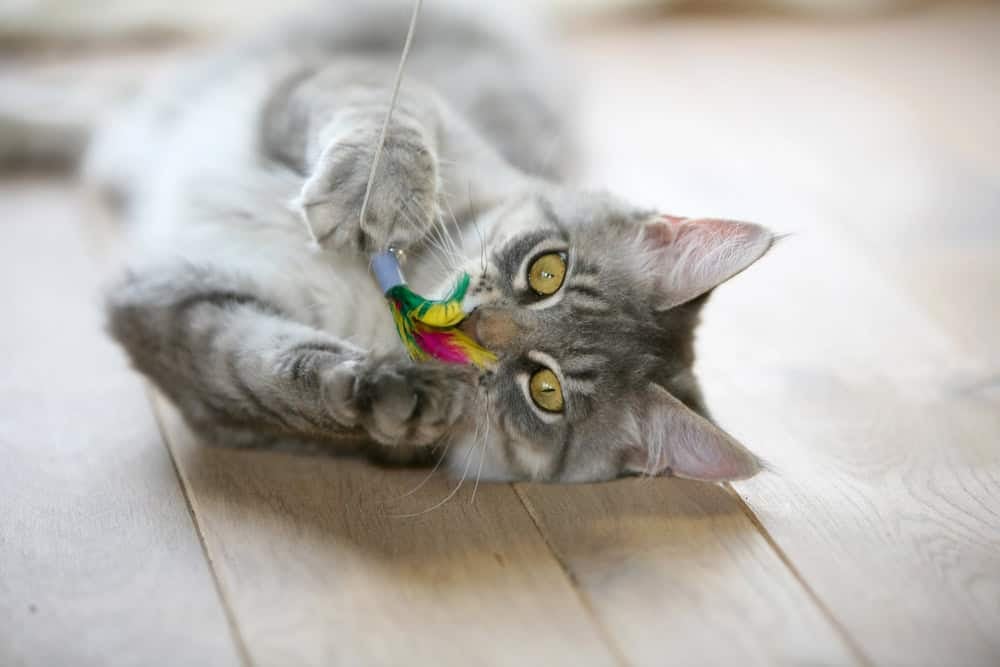
While not every owner appreciates finding a dead mouse on the porch, cats bring such gifts to their humans as a token of affection and trust. It reflects their natural hunting instinct coupled with social bonding behavior.
12. Belly Exposure
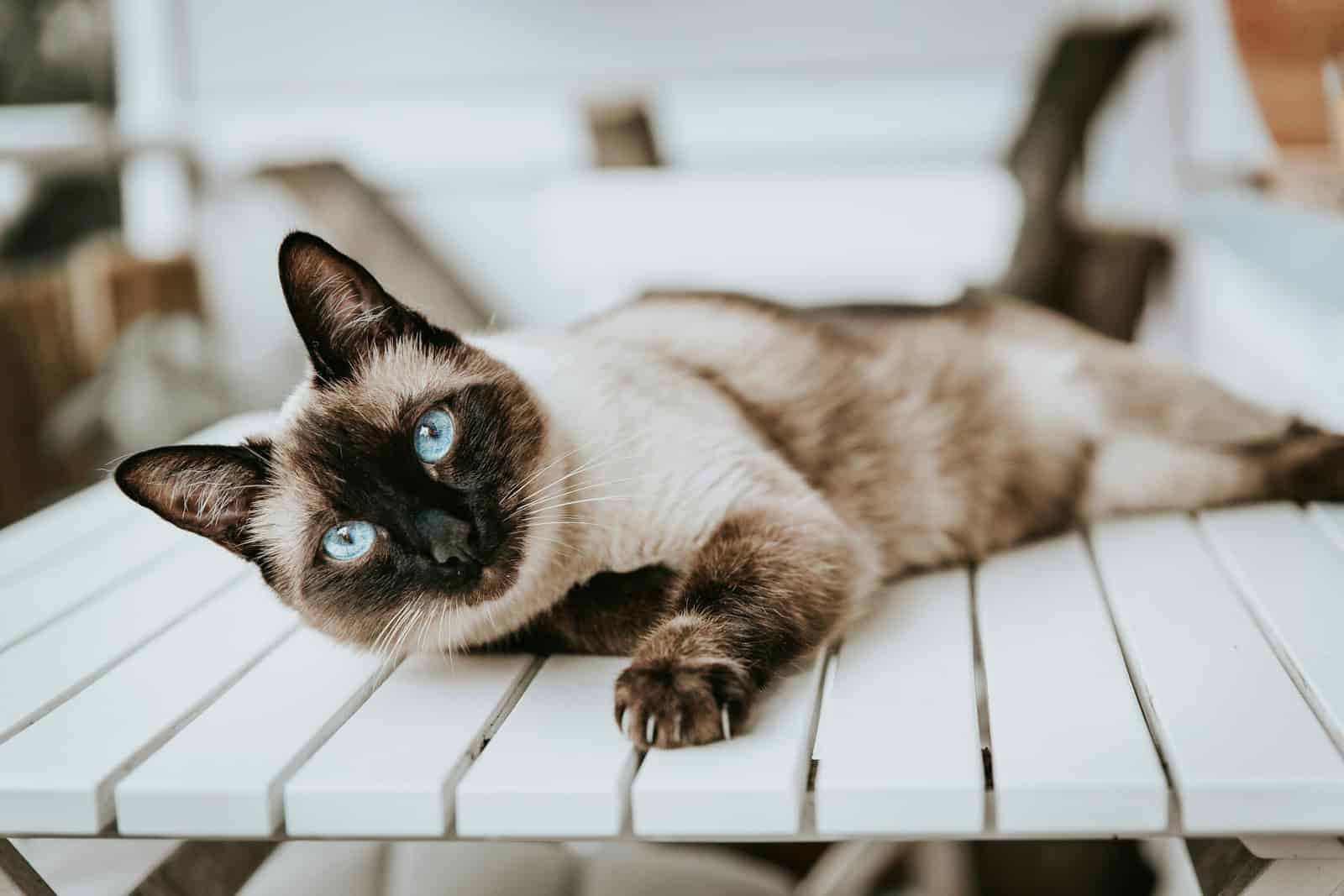
When a cat shows its belly, it’s a significant gesture of trust, as this is a vulnerable position. However, unlike dogs, it doesn’t always denote an invitation for belly rubs, so proceed cautiously.
11. Scratching

Cats scratch to mark territory, sharpen claws, and stretch their bodies. Providing designated scratching posts can help direct this natural behavior away from your furniture.
10. Staring
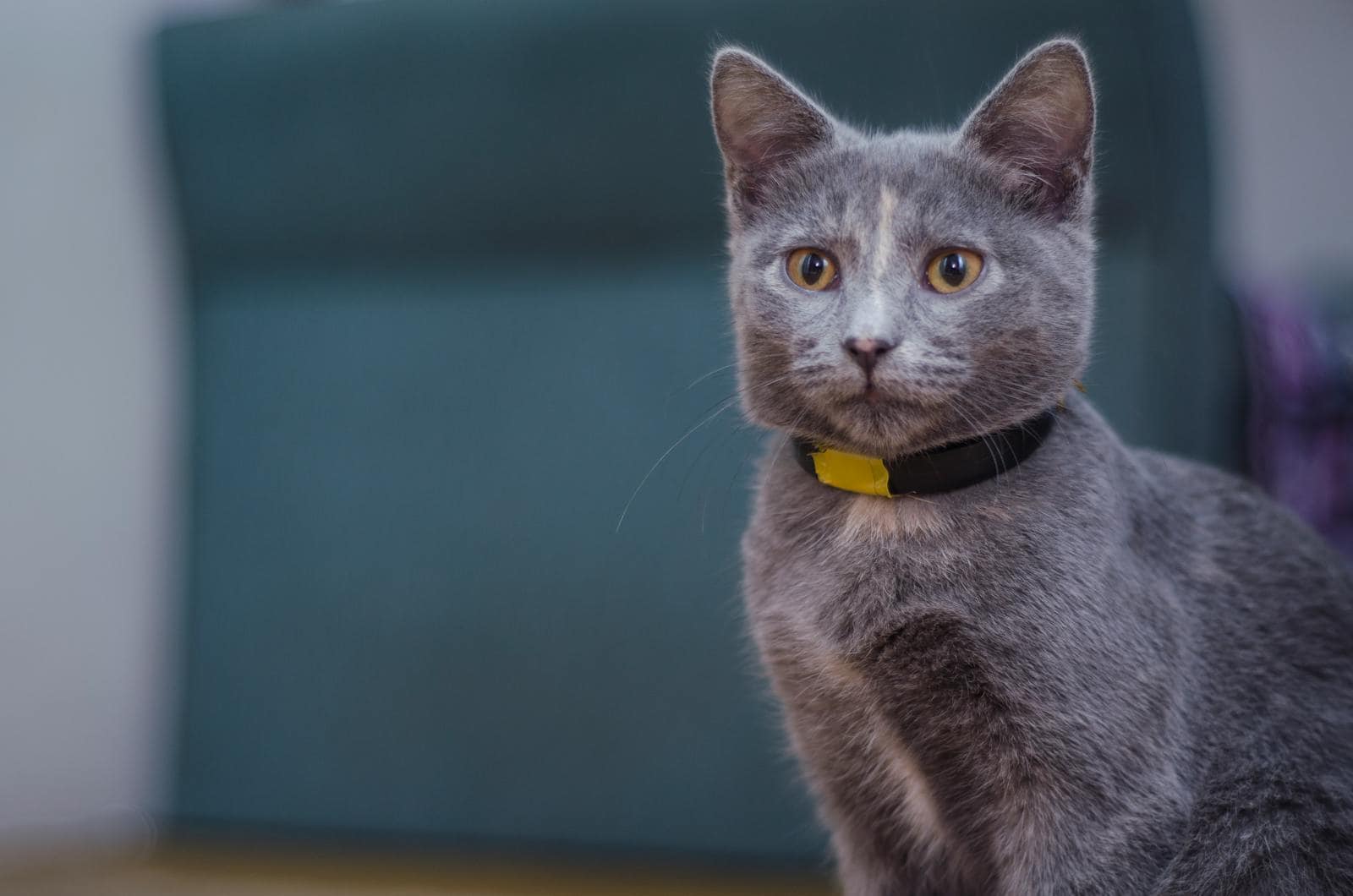
Prolonged, direct staring may seem unnerving, but for cats, it’s a way to communicate curiosity or even affection. A steady gaze can be part of their evaluation process of their environment or of you.
9. Hiding

Cats often retreat to hiding places when they’re scared, unwell, or simply seeking solitude. Creating safe, quiet spaces for them can help fulfill their need for a personal retreat.
8. Chewing Plants
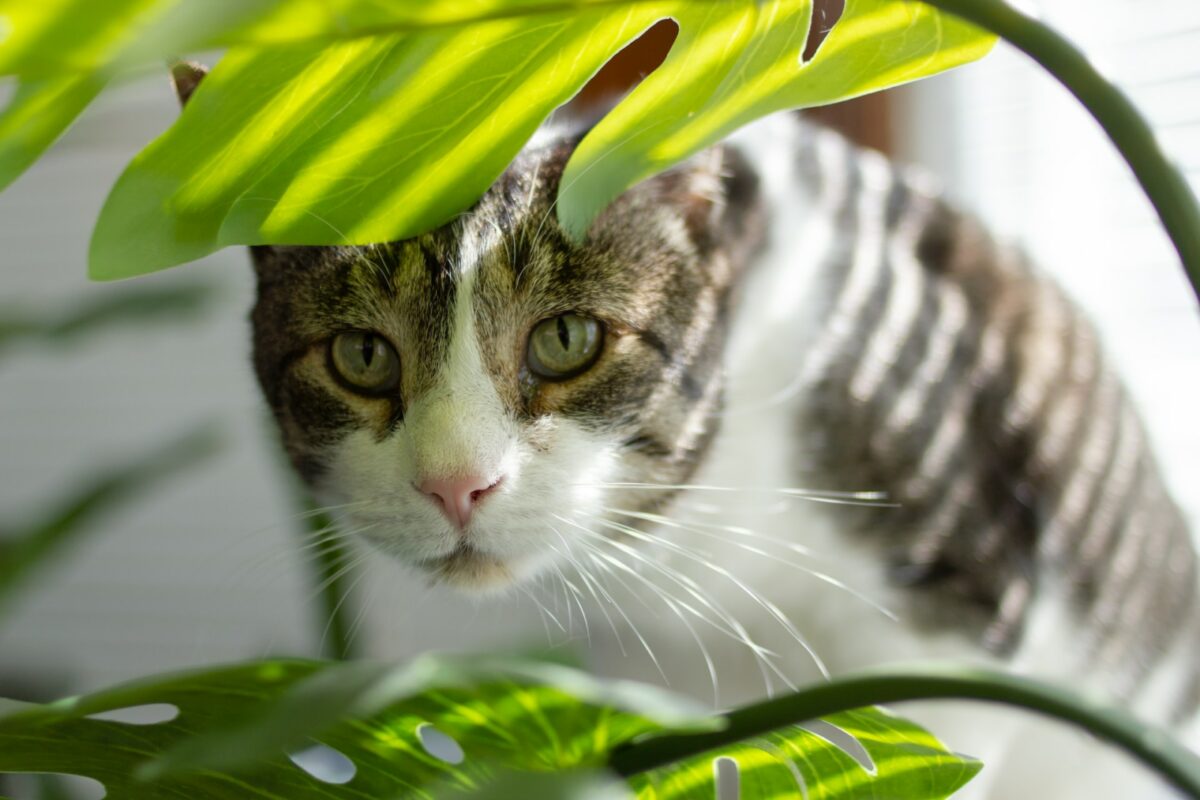
Some cats chew on plants out of curiosity, boredom, or even to induce vomiting. Ensuring that houseplants are non-toxic and providing safe alternatives like cat grass can protect your pet.
7. Nighttime Zoomies

Sudden bursts of activity at night are related to a cat’s crepuscular nature. They are most active during dawn and dusk, but play sessions before bedtime can help reduce nighttime antics.
6. Bunting Against Furniture

When cats rub their faces against furniture, it’s an act of marking territory with scent glands located around their cheeks. This behavior asserts their presence in the home environment.
5. Sitting in Small Spaces
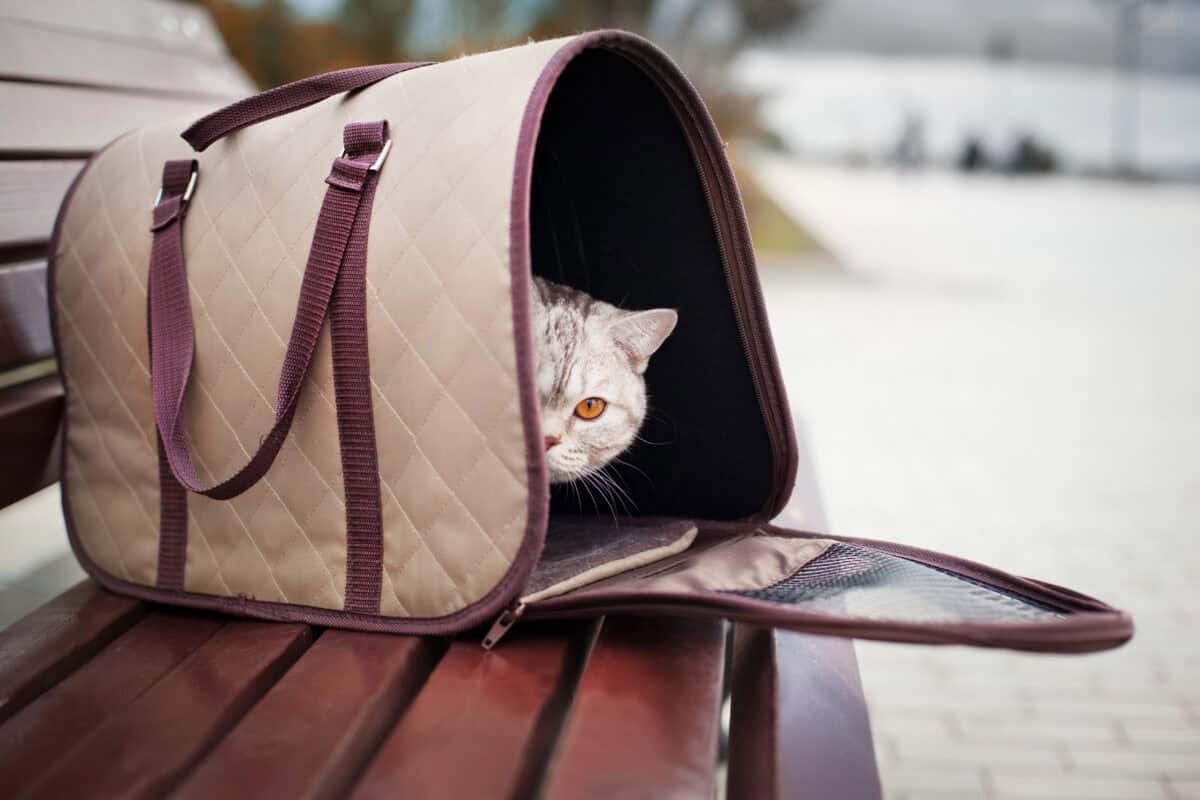
Cats often sit in boxes and small spaces for the sense of security and warmth these areas provide. It’s part of their instinct to find safe resting places.
4. Tail Twitching
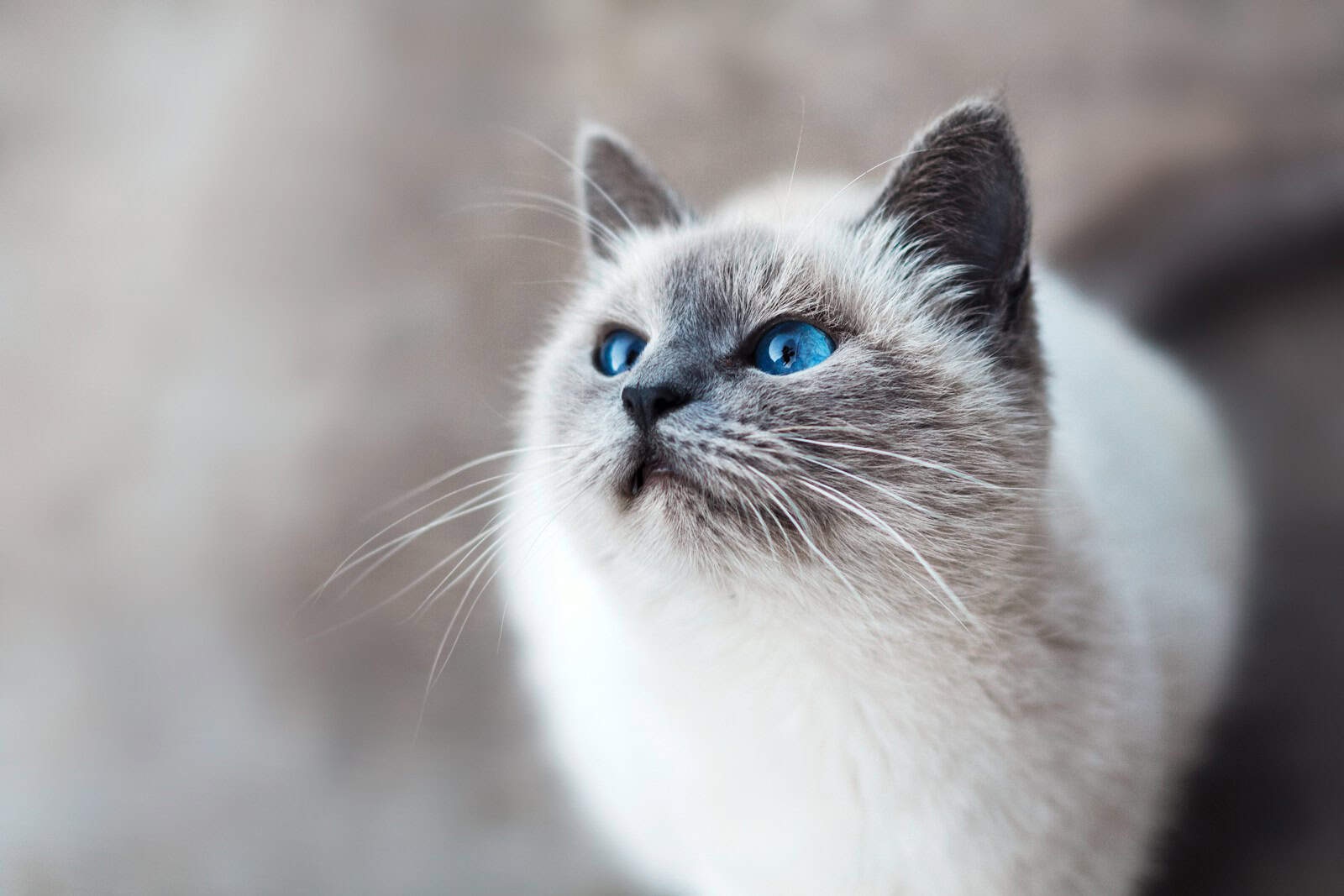
A quickly twitching tail often indicates irritation, excitement, or focus. This behavior is a precursor to action, whether it’s playful pouncing or defensive aggression.
3. Watching from High Perches

Cats enjoy surveying their territory from elevated spots, which provide them a strategic advantage and a sense of control. Shelves or cat trees can satisfy this instinct safely indoors.
2. Following You Around
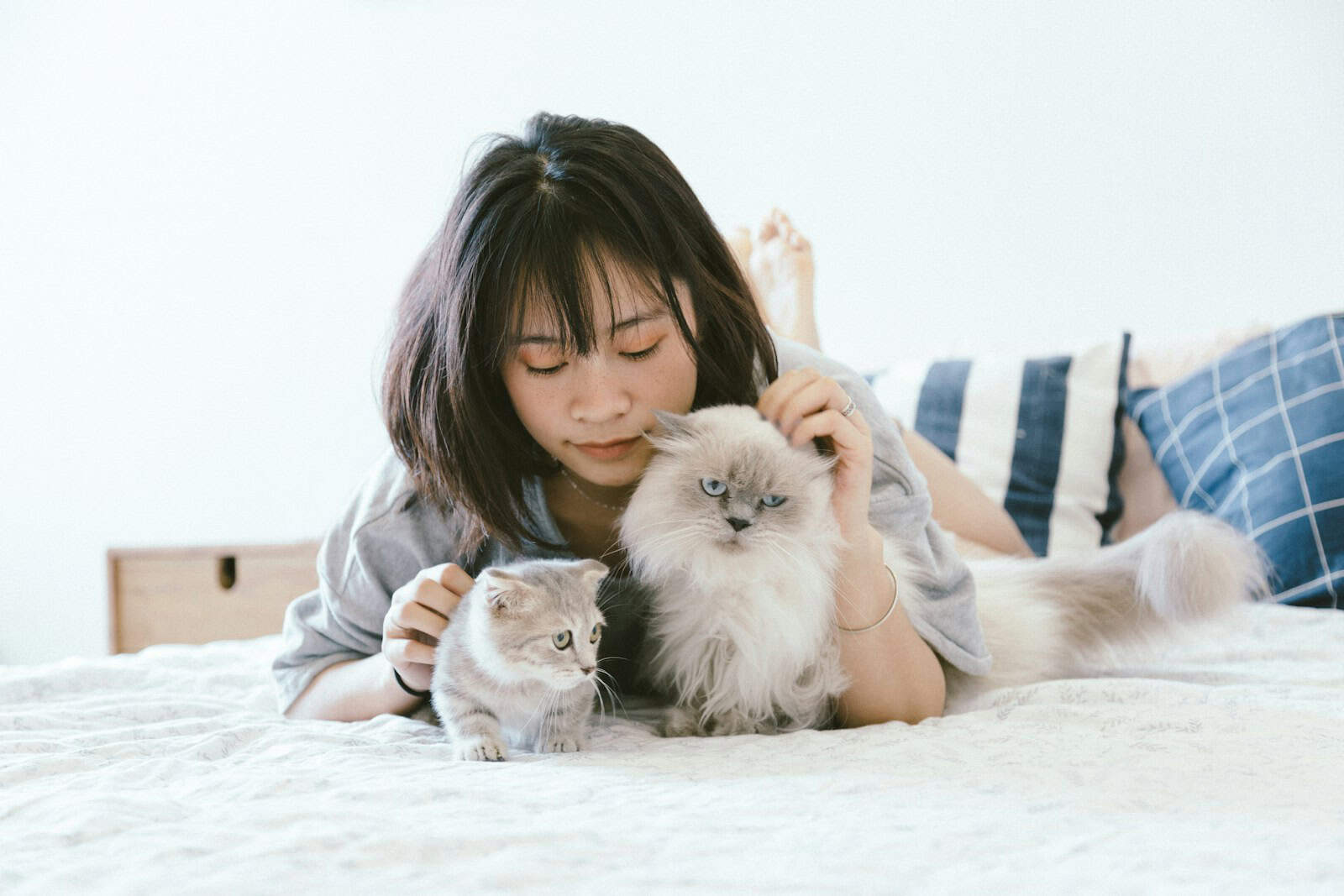
A cat following you around can be a sign of their affection. It also mirrors their genetics—descended from solitary hunters, they choose their companions carefully and place trust in those they follow.
1. Meowing

Cats meow primarily to communicate with humans. Each cat may develop its own “language” to express needs, wants, or dislikes. Understanding the context of their meows can enhance your communication.
Last Thoughts
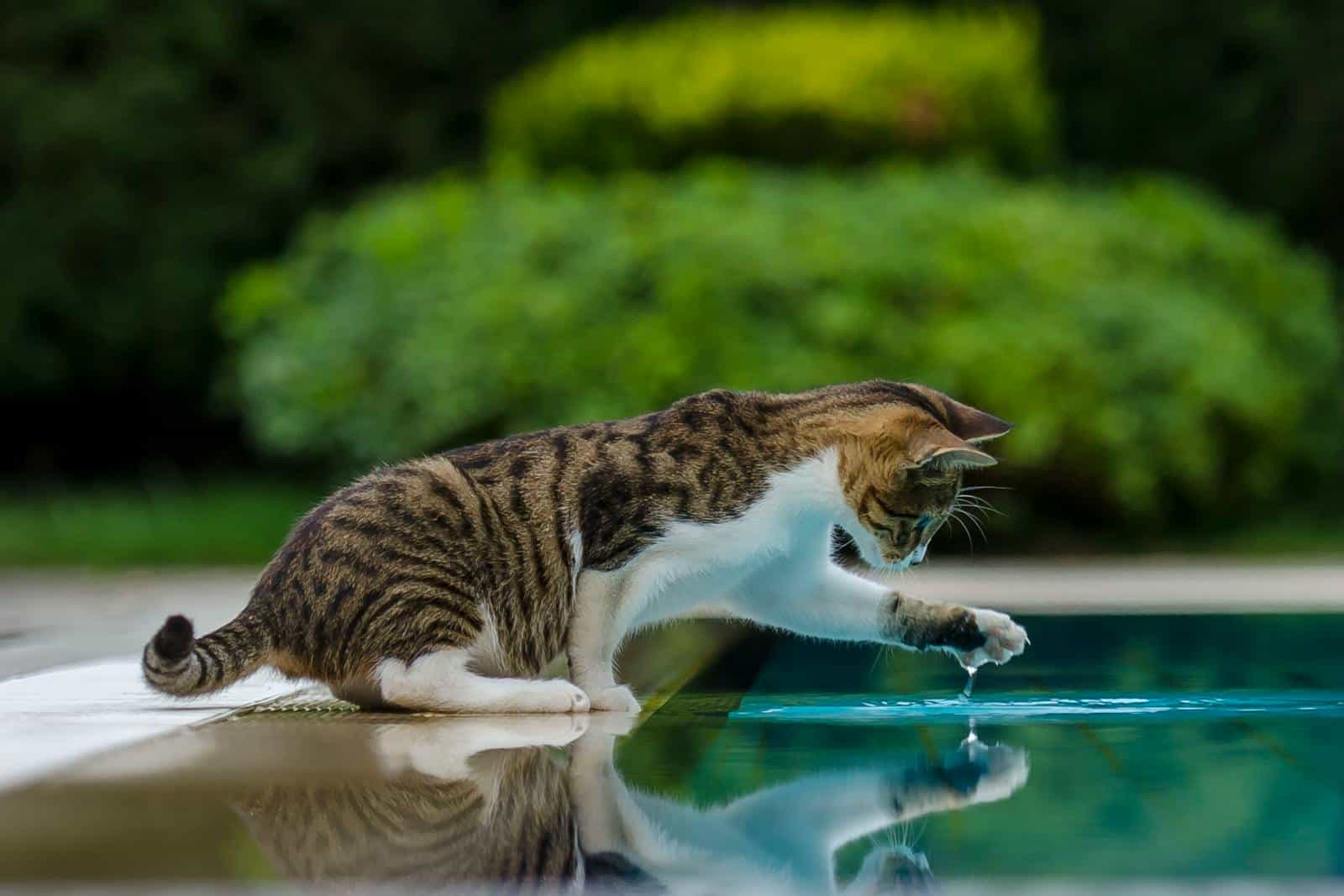
In conclusion, understanding cat behaviors enhances not only the human-feline bond but also enriches the life you share. Each behavior tells a story, speaks of trust, instincts, and a desire for connection. Taking the time to decipher these actions can transform a mere coexistence into a harmonious life with your feline family.
- From Symbol to Supper: The Cultural Journey of the Chicken - August 15, 2025
- The Lizard That Brought Fire: Aboriginal Australian Legends - August 15, 2025
- 10+ Joyful Reasons Why Life Is Better With a Pet in Your Golden Years - August 15, 2025

